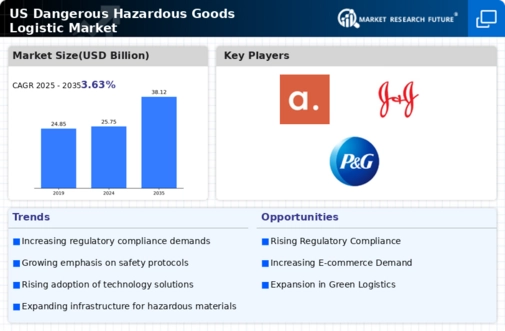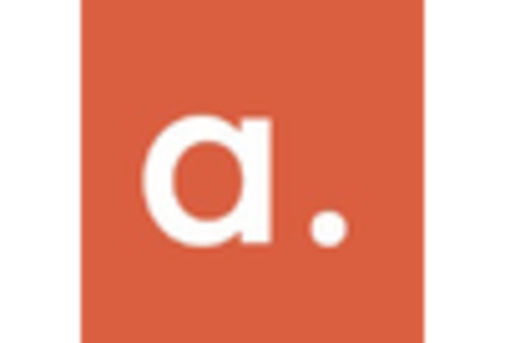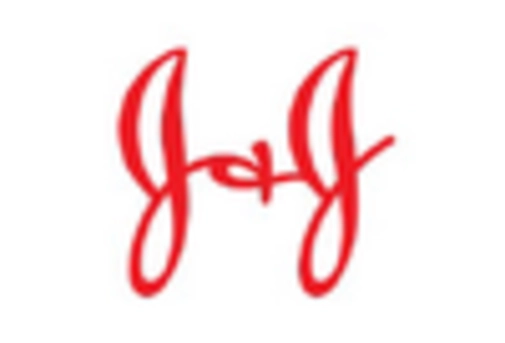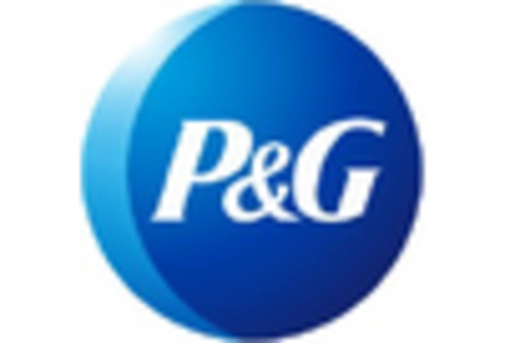US Dangerous Hazardous Goods Logistics Market Summary
The US Dangerous Hazardous Goods Logistic market is projected to grow from 25.75 USD Billion in 2024 to 38.12 USD Billion by 2035.
Key Market Trends & Highlights
US Dangerous Hazardous Goods Logistic Key Trends and Highlights
- The market is expected to achieve a compound annual growth rate of 3.63 percent from 2025 to 2035.
- By 2035, the market valuation is anticipated to reach 38.12 USD Billion, indicating robust growth.
- In 2024, the market is valued at 25.75 USD Billion, reflecting the current demand for hazardous goods logistics.
- Growing adoption of safety regulations due to increased awareness of environmental hazards is a major market driver.
Market Size & Forecast
| 2024 Market Size | 25.75 (USD Billion) |
| 2035 Market Size | 38.12 (USD Billion) |
| CAGR (2025 - 2035) | 3.63% |
Major Players
Apple Inc (US), Microsoft Corp (US), Amazon.com Inc (US), Alphabet Inc (US), Berkshire Hathaway Inc (US), Meta Platforms Inc (US), Tesla Inc (US), Johnson & Johnson (US), Visa Inc (US), Procter & Gamble Co (US)













